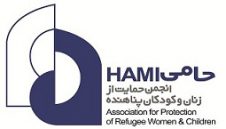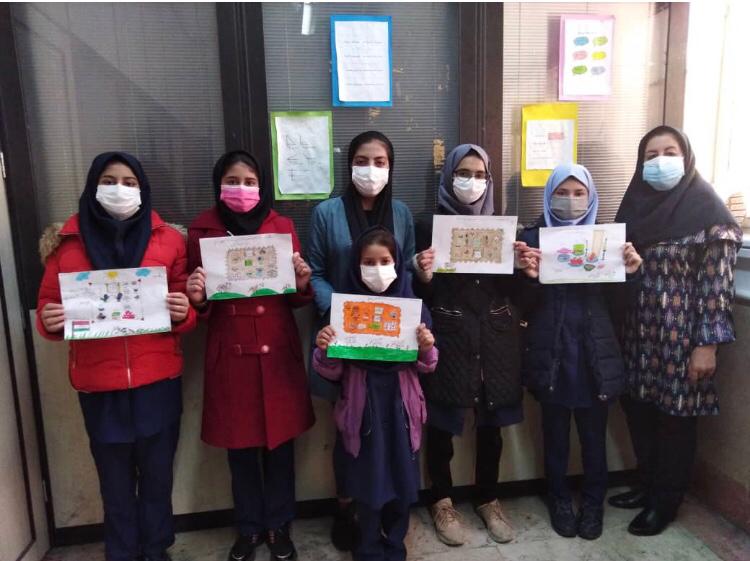In conflict and disaster, children suffer first and suffer most. Today, one in four of the world’s children lives in a conflict or disaster zone — a fact that should shake each of us to our core. All of these children face an uncertain future. Sadly, the number of countries experiencing conflict is at its highest point since the adoption of the Convention on the Rights of the Child in 1989. Nearly nine years of war in the Syrian Arab Republic have left nearly 5 million children in need and more than 2.5 million children living as refugees outside of the country. More than four years of conflict in Yemen have created the world’s worst humanitarian crisis. About 1.2 million children in the Central African Republic desperately need help after six years of war. In other ongoing conflicts in Afghanistan, Libya, Mali, Nigeria, Somalia and South Sudan — and many more — children pay the heaviest price.
Around the world, more than 30 million children have been displaced by conflict. Many of them are being enslaved, trafficked, abused and exploited. Many more are living in limbo, without official immigration status or access to education and health care. From the Rohingya refugee crisis in Bangladesh to the outflow of families from Central America seeking a safer and more dignified life, children have been uprooted by conflict and violence in historic numbers. Diseases such as Ebola and measles are also re-emerging, often in conflict zones. They further complicate the humanitarian response in places where access is more and more restricted — such as in the Democratic Republic of the Congo, where the current Ebola outbreak is the world’s second largest and deadliest on record. At the same time, extreme weather events are creating more frequent and destructive natural disasters worldwide.
UNICEF Humanitarian Action for Children 2020 provides training for community members, including teachers, to cope with traumatic events themselves and nurture children under stress. We have learned from experience how to identify and train members of affected communities to provide mental health and psychosocial support services. more information

